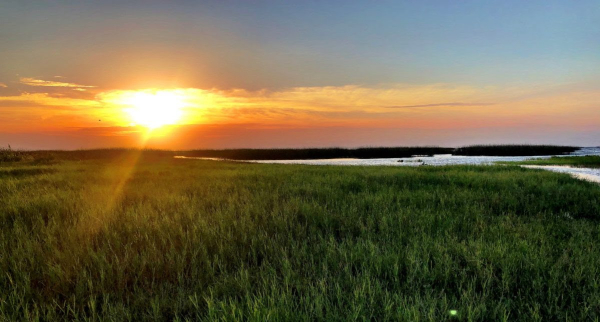
Photo by Brigida Sanchez, courtesy of Army Corps of Engineers
“Operational flexibility” is a term you’ll be hearing a lot in regard to Lake Okeechobee management.
While the long-term solution is to send water south as prescribed in the Comprehensive Everglades Restoration Plan (CERP), operational flexibility can be a short-term strategy to lessen harmful discharges.
What do you mean by “operational flexibility”?
The US Army Corps of Engineers (ACOE) manages lake operations based on an outdated set of rules that dictate where water goes (and doesn’t go), when, and why. The current manual, LORS 2008, prioritizes the needs of special interests (industrial agriculture) over the needs of the public.
A new manual, called Lake Okeechobee System Operating Manual (LOSOM), is being rewritten and we’re pushing for it to take into account the needs of all water users and Florida’s 21st century economy.
Until LOSOM is in play, water managers (the ACOE and South Florida Water Management District) must be given operational flexibility to deviate from the outdated rulebook in order to protect the public and our environment from harm.
What does operational flexibility look like in action?
Moving water south from Lake Okeechobee to the Everglades in the early dry season (December through February) to allow more capacity in the lake for rainfall in the wet season (June through November). This proactive approach uses infrastructure we already have and would prevent irreparable harm to the northern estuaries while benefiting the Everglades.
The new operating rules must be a win-win for everyone
It’s critical that the Army Corps and the new operating rules (LOSOM) take into account the needs of all water users. The current management works great as water supply for special interests, but needs to work for public interests, too.
Sending more water south addresses harm and provides region-wide benefits:
How can I help?
The Army Corps is taking public input on the new operating manual. Email your comments to: LakeOComments@usace.army.mil. Urge them to send more water south in the dry season and take into account the needs of all water users.
Expedite Everglades restoration projects at the state and federal level
As we navigate water management challenges, we can’t lose sight of expediting Everglades restoration projects. Every project we move forward with should replicate the historic system.